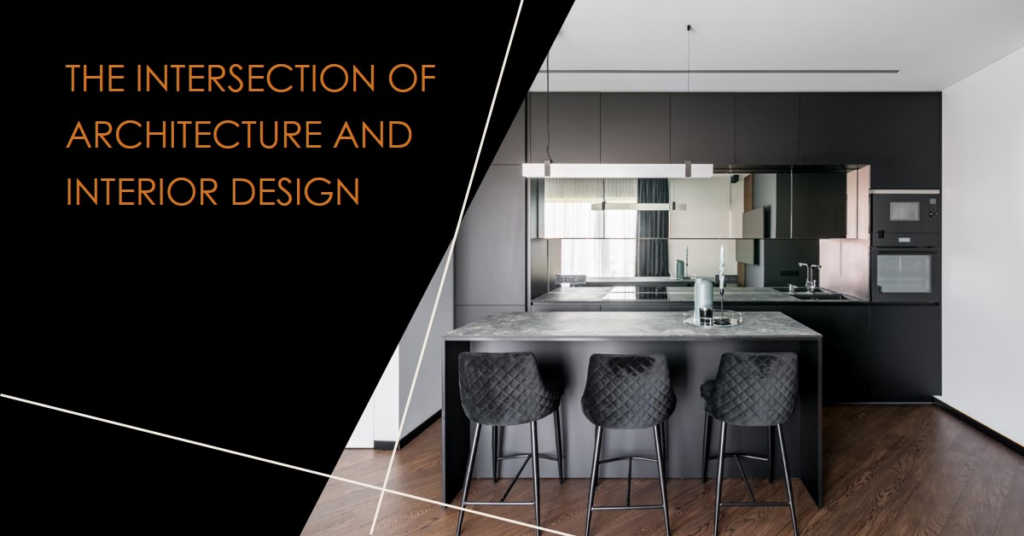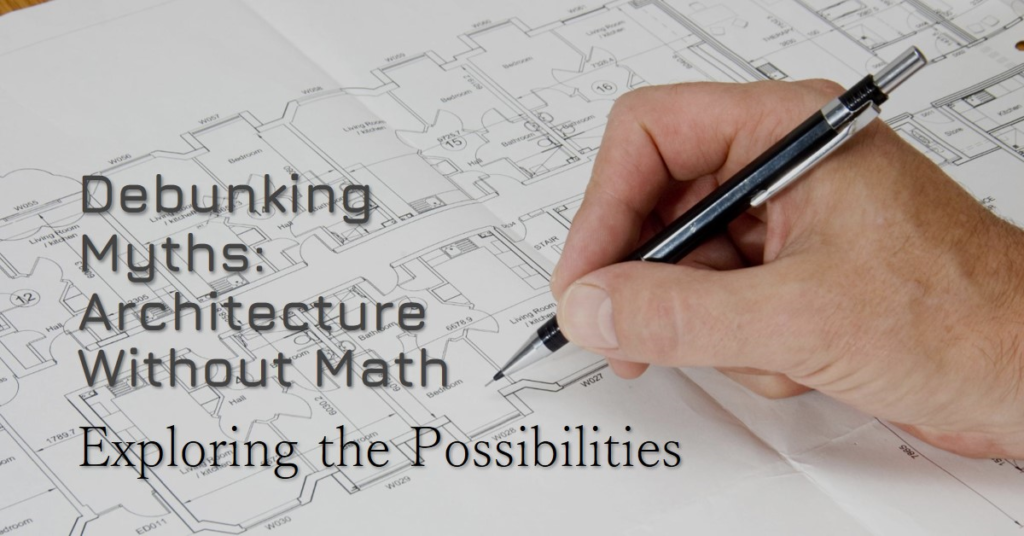
Table of Contents
Introduction:
In the realm of design, where form meets function, architecture and interior design stand as pillars, each contributing its unique essence to the creation of spaces that inspire, captivate, and fulfill the needs of occupants. The intersection of these two disciplines marks the genesis of holistic environments where every element serves a purpose, and every detail contributes to the narrative of the space. This symbiotic relationship between architecture and interior design is not merely about aesthetics but about orchestrating an experience that resonates with inhabitants on a profound level.
Understanding the Fundamentals:
At the core of this intersection lies a fundamental understanding of spatial dynamics, structural integrity, and human behavior. Architects, with their expertise in conceptualizing and realizing architectural marvels, lay the groundwork by envisioning spaces that are not only visually appealing but also structurally sound. Their designs set the stage for the narrative that unfolds within, dictating the flow, proportions, and overall ambiance of the built environment. Meanwhile, interior designers step into this narrative, infusing it with personality, functionality, and a sense of intimacy that reflects the occupants’ lifestyle and aspirations.
Collaborative Endeavors:
The synergy between architecture and interior design thrives on collaboration, where architects and interior designers engage in a creative dialogue to seamlessly integrate their visions. This collaborative process begins at the project’s inception, with architects and interior designers brainstorming ideas, exchanging concepts, and aligning their visions to ensure a cohesive design approach. Through this synergy, spaces transcend mere functionality, evolving into living, breathing entities that evoke emotions and foster connections.
From Blueprint to Reality:
As the blueprint transforms into a tangible structure, the relationship between architecture and interior design evolves, transitioning from conceptualization to realization. Architects work hand in hand with interior designers, ensuring that the structural framework accommodates the envisioned interior spaces seamlessly. This harmonious collaboration extends to material selection, lighting design, and spatial planning, where every decision is guided by a shared vision of creating spaces that are not only aesthetically pleasing but also functionally efficient.
Spatial Dynamics and Flow:
Central to the synergy between architecture and interior design is the mastery of spatial dynamics and flow. Architects conceptualize spaces with a keen eye on circulation patterns, sightlines, and spatial hierarchies, orchestrating a seamless transition between different zones within the built environment. Interior designers, in turn, capitalize on these spatial dynamics, curating interiors that optimize functionality and enhance the overall user experience. Whether it’s a cozy residential abode or a bustling commercial hub, the harmonious flow of space sets the stage for memorable experiences.
Aesthetics and Atmosphere:
Beyond the structural framework lies the realm of aesthetics and atmosphere, where architecture and interior design converge to evoke emotions and stir the senses. Architects employ architectural elements, such as form, texture, and proportion, to create visual interest and define the built environment’s character. Interior designers, on the other hand, infuse spaces with personality, employing color palettes, furnishings, and decorative elements to craft atmospheres that resonate with the occupants’ lifestyle and preferences.


Functionality and Ergonomics:
At the heart of every design endeavor lies the quest for functionality and ergonomics, where spaces are tailored to meet the needs and enhance the well-being of their occupants. Architects prioritize functionality in their designs, ensuring that spaces are optimized for their intended use while adhering to building codes and regulations. Interior designers, in turn, fine-tune these spaces, considering factors such as human scale, ergonomics, and usability to create environments that are both practical and inviting.
Innovative Technologies and Trends:
The intersection of architecture and interior design is a dynamic landscape shaped by innovative technologies and evolving trends. From sustainable building practices to smart home automation, architects and interior designers leverage cutting-edge technologies to push the boundaries of design and create spaces that are not only aesthetically stunning but also environmentally conscious and technologically advanced. Additionally, emerging trends in materials, colors, and spatial configurations inspire fresh approaches to design, driving creativity and innovation in the industry.
The Evolution of Design:
As society evolves, so too does the field of design, reflecting shifting cultural norms, technological advancements, and societal values. The intersection of architecture and interior design serves as a microcosm of this evolution, where timeless principles merge with contemporary sensibilities to shape the built environment of tomorrow. Architects and interior designers, as stewards of design, embrace this evolution, continuously pushing the boundaries of creativity and innovation to create spaces that not only meet the needs of today but also anticipate the demands of the future.
Conclusion:
In the seamless dance between architecture and interior design, spaces come to life, embodying the aspirations, values, and experiences of their inhabitants. The intersection of these two disciplines transcends mere aesthetics, giving rise to environments that inspire, empower, and enrich the human experience. As we navigate the ever-changing landscape of design, one thing remains constant: the transformative power of harmonizing architecture and interior design to create spaces that resonate with the soul.


